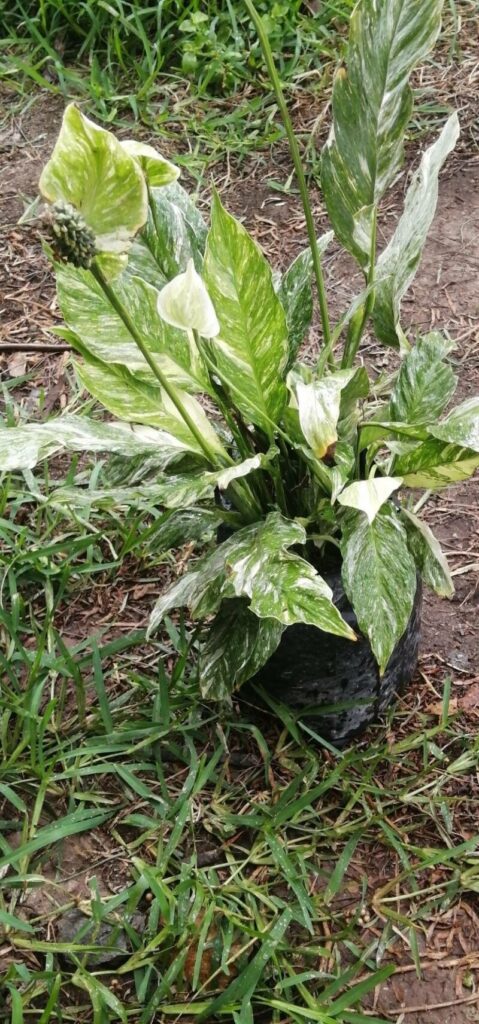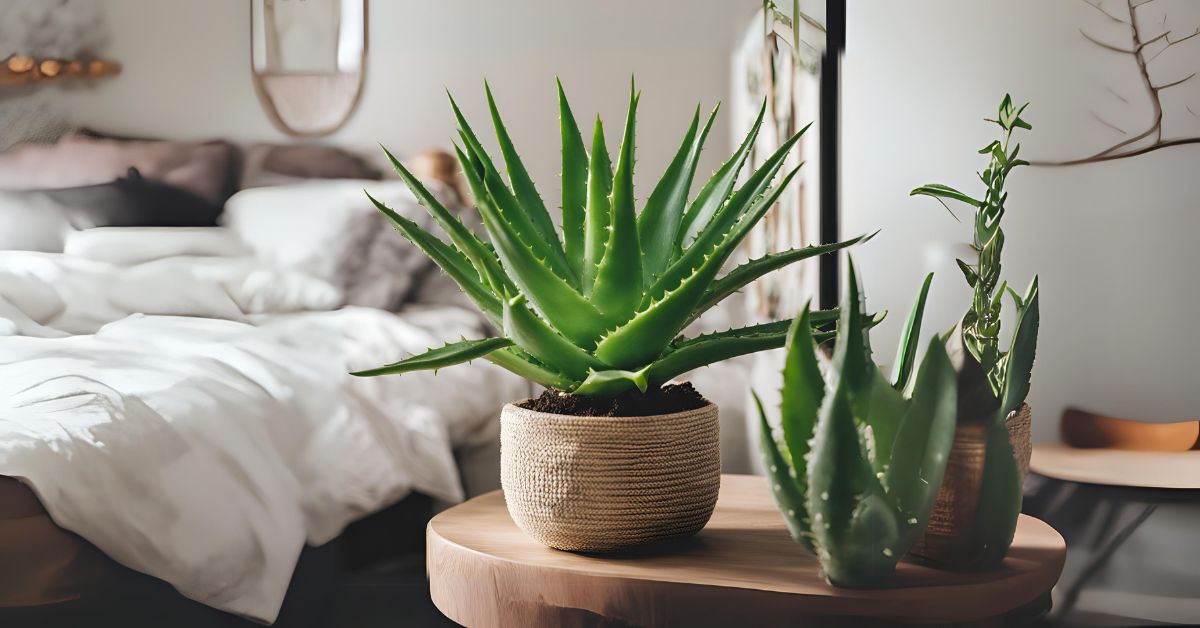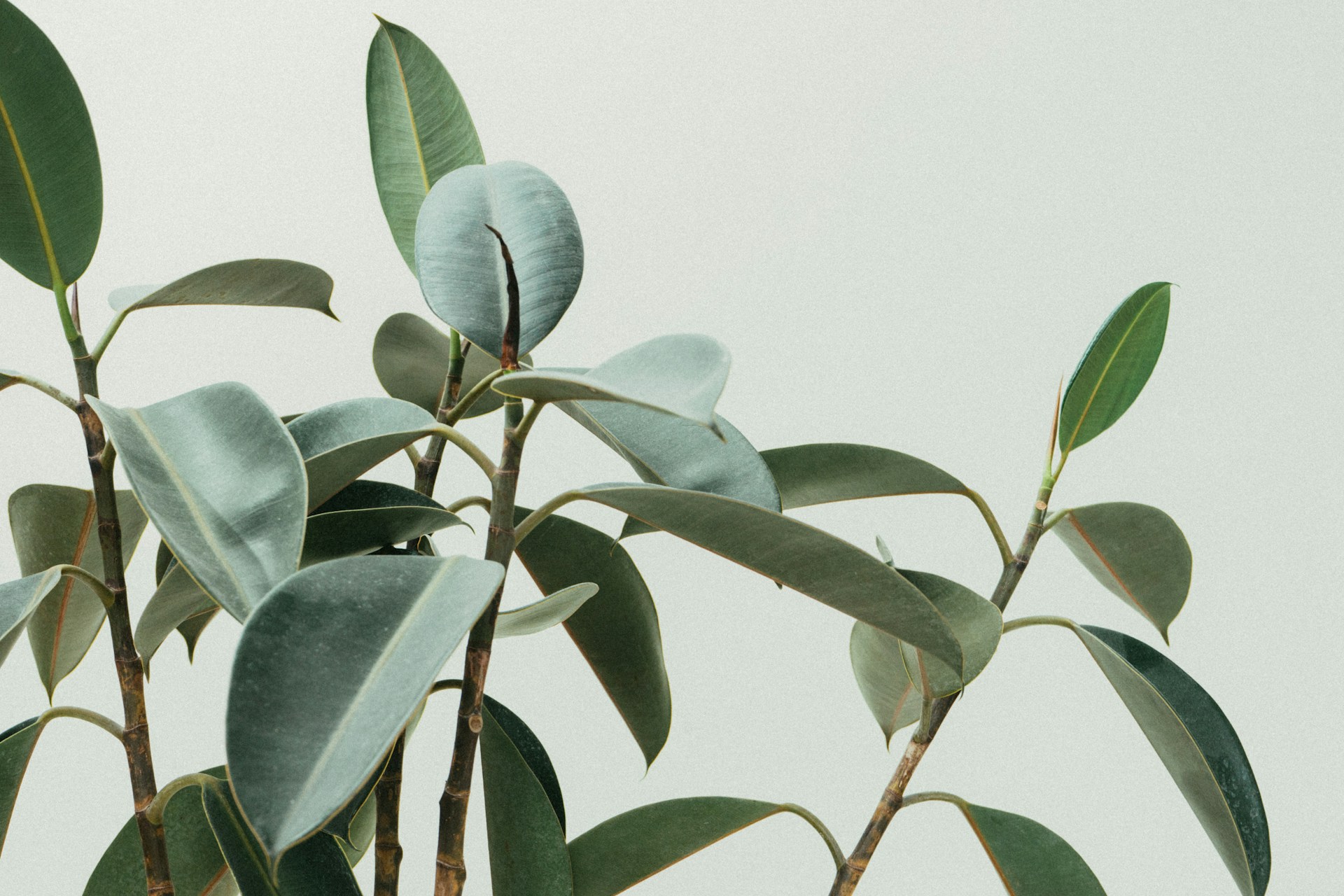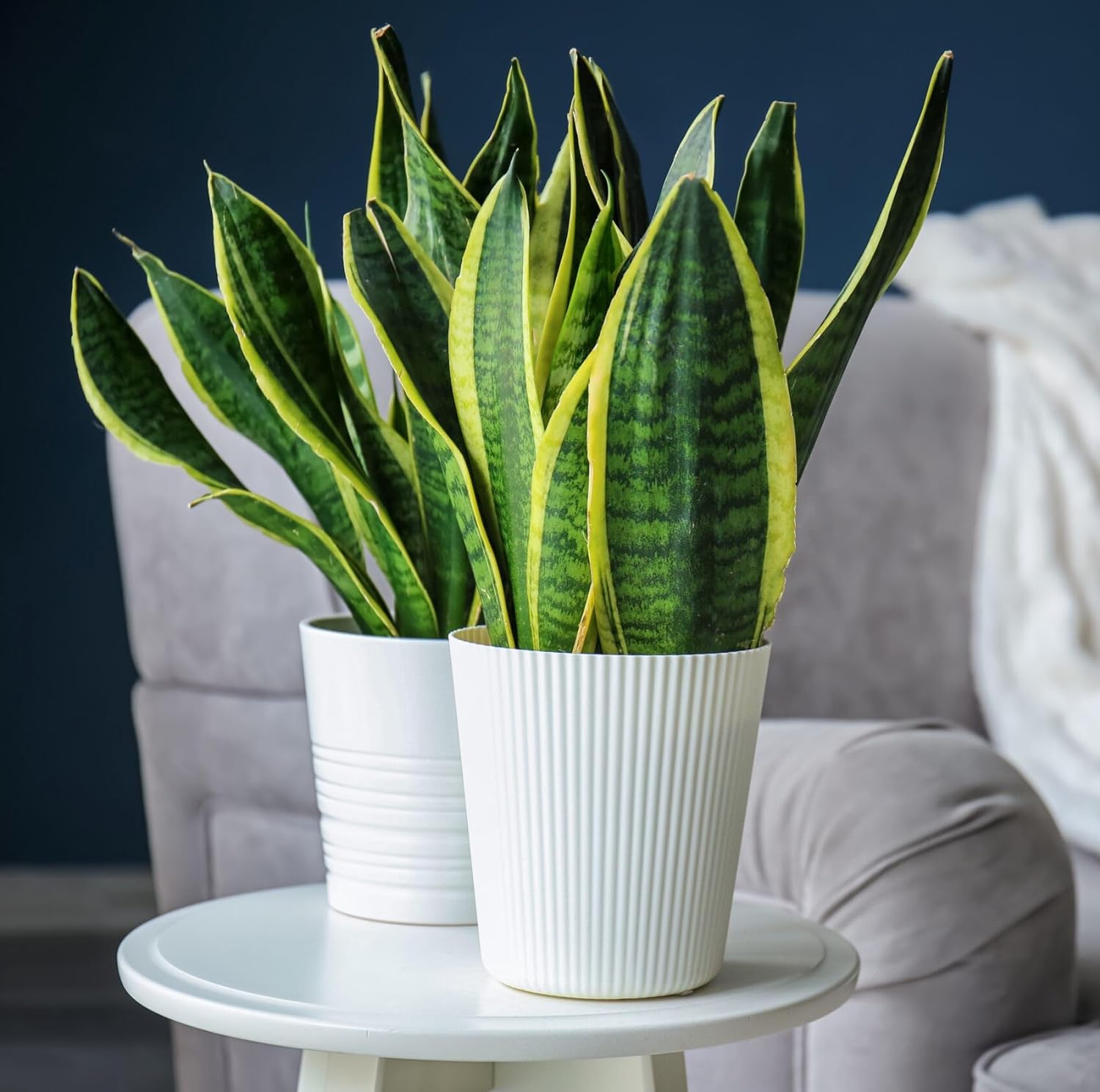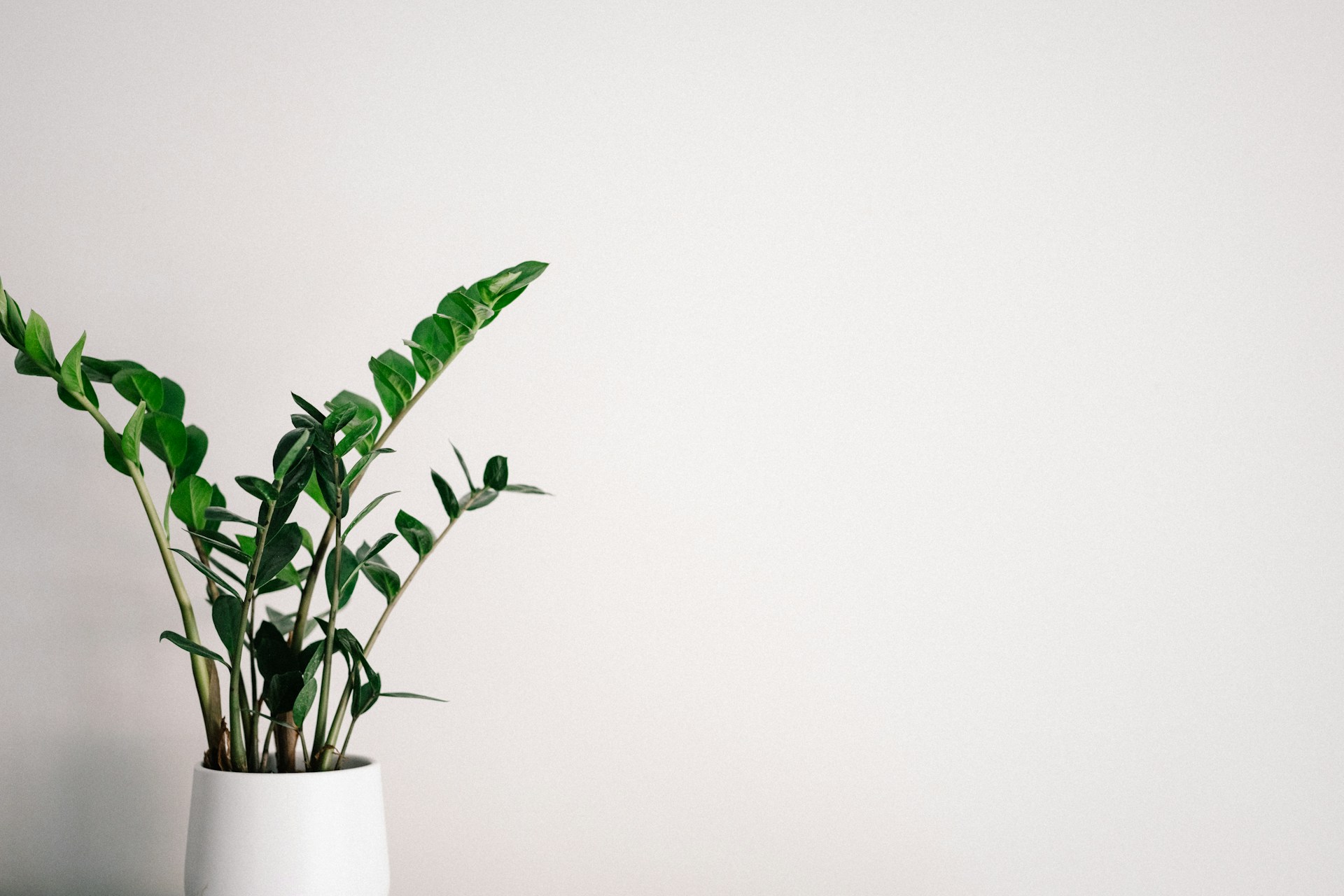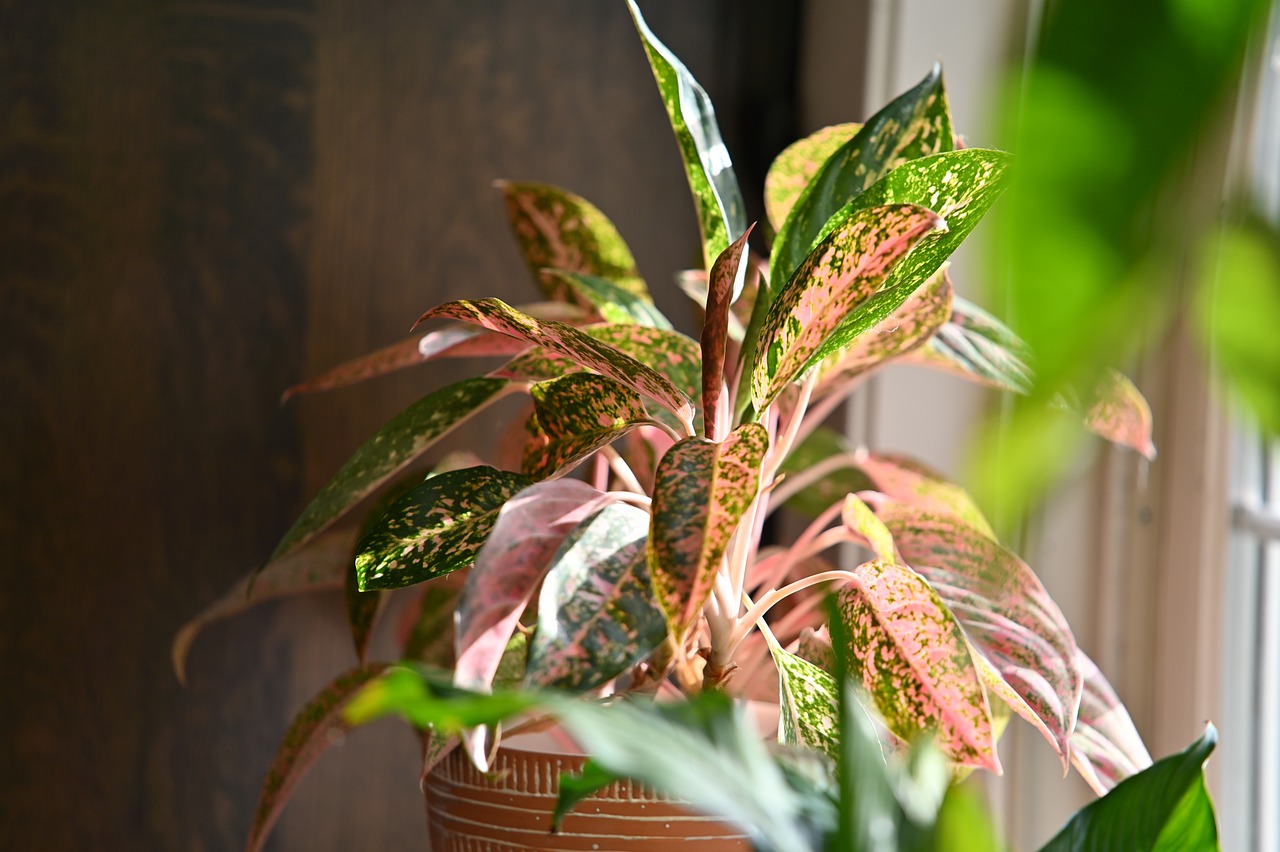Everything To Know About Peace Lily! The Ultimate Guide
- What is Peace Lily?
- Peace Lily Benefits
- What makes Peace Lily Special?
- Where to place your Peace Lily?
- Peace Lily specifications
- Peace Lily Types and Varieties
- Peace Lily Care and Maintenance
- Peace Lily Propagation
- Plant Problems in Peace Lily
- Common Misconceptions about Peace Lily
- Final Thought and Personal View
What is Peace Lily?
The popular indoor plant peace lily (Spathiphyllum) is renowned for its graceful white blooms and ability to cleanse the air. The name and symbolism of the peace lily originate from the fact that its white spathe—which is sometimes confused for a flower—resembles a white flag, a well-recognized symbol of a cease-fire.
Although the word “lily” suggests otherwise, peace lilies are members of the Araceae family, which also contains calla lilies and flamingo flowers.
Peace Lily Benefits
When it comes to benefits, the peace lily provides you with advantages just like its name: Peace.
- Improves the Mood
- Master of Air Cleaning
- Humidity Booster:
- Great for Terrariums
◼Improves the Mood
◼Master of Air Cleaning
◼Humidity Booster
◼Great for Terrariums
What makes Peace Lily Special?
◼Beauty in Disguise
◼Long-Lasting Blooms
Where to place your Peace Lily?
◼Positivity and Peace
◼Tranquility and Well Being
In Vastu, the white spathe of the peace lily is frequently connected to purity and tranquility. It’s said that having this plant in your house promotes peace and wellbeing.
In a Vastu plan, certain energy types are linked to specific zones. The following regions are said to benefit, especially from peace lilies:
North for Tranquility and Mental Calrity:
Oversees tranquility and mental clarity. It is thought that placing a peace lily here will strengthen these attributes.
East for a New Start and Personal Development:
The East represents new beginnings and personal development. It is said that a peace lily in the east zone encourages these qualities.
Peace Lily specifications
| Botanical Name | 🌱 Spathiphyllum 🌱 |
|---|---|
| Color |
|
| Size |
|
| Origin | 🌍 Indigenous to tropical and subtropical regions of Africa, Madagascar, and southern Asia. 🌴 |
| Flowering |
|
| Pattern | 🌿 Consistent dark green leaves; variegated types have white or cream stripes. 🍃 |
| Planting Season |
|
Peace Lily Types and Varieties
◼Spathiphyllum wallisi

◼Spathiphyllum 'Sensation'
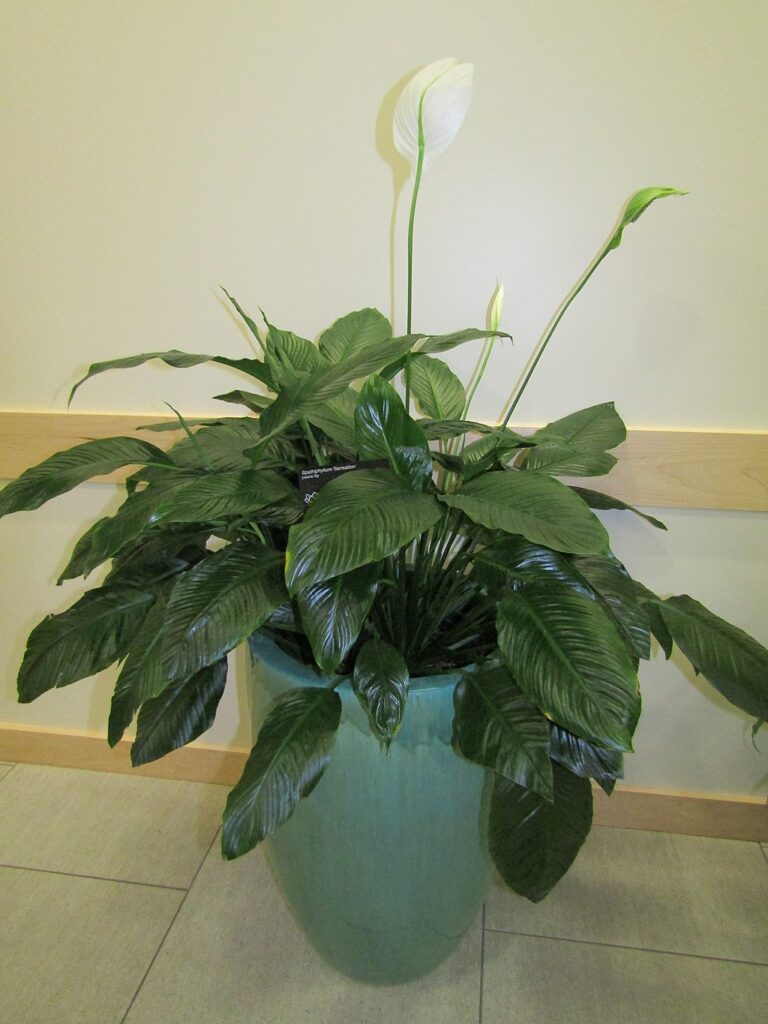
◼Spathiphyllum 'Mauna Loa'
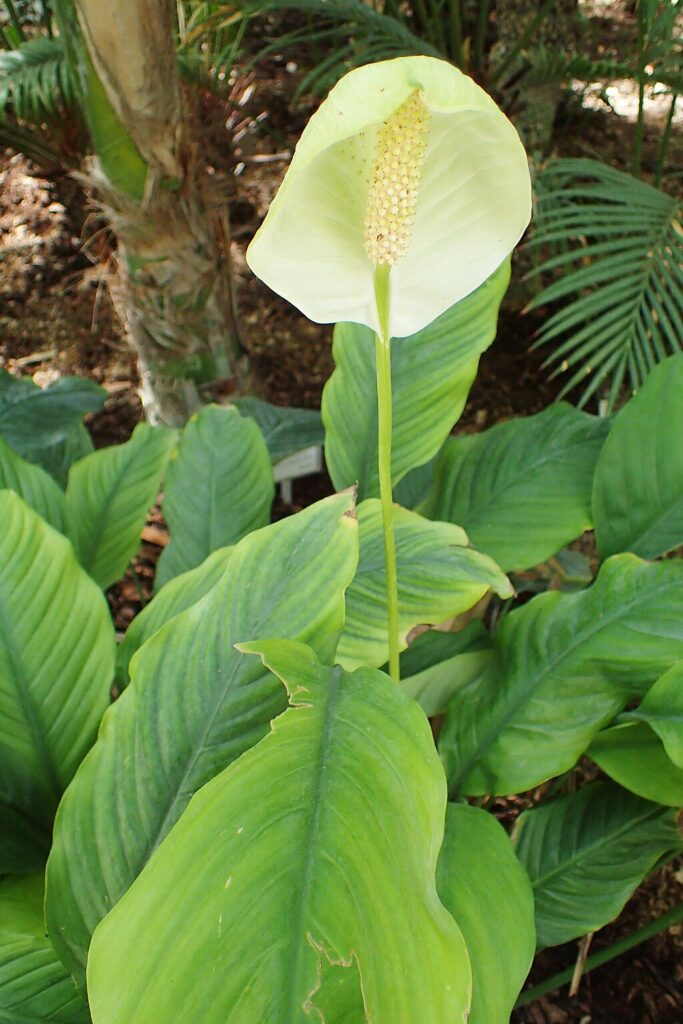
◼Spathiphyllum 'Domino'
◼Spathiphyllum floribundum
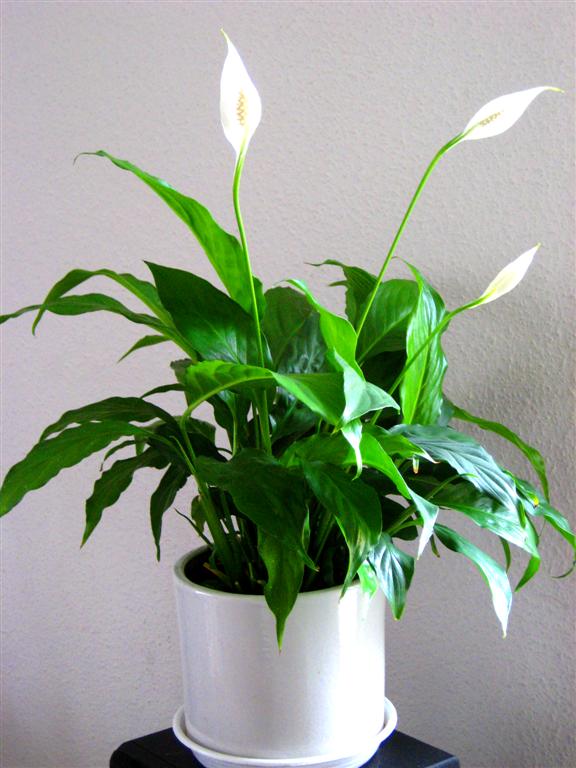
◼Spathiphyllum cuspidatum

◼Spathiphyllum montanum
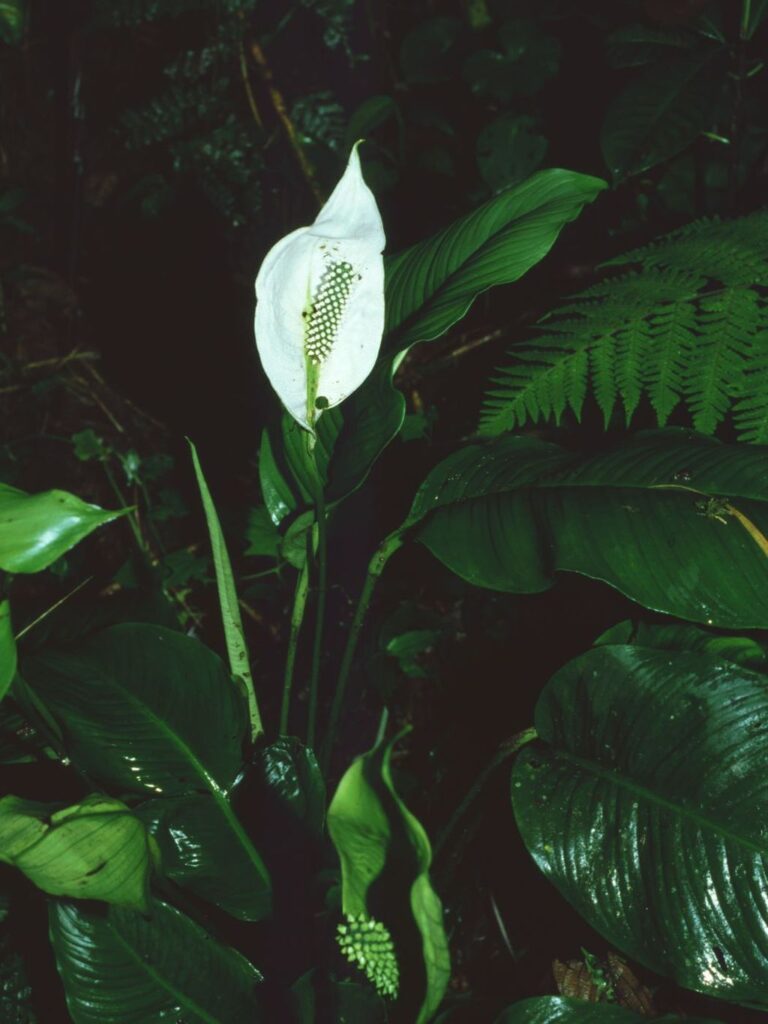
◼Spathiphyllum kochi
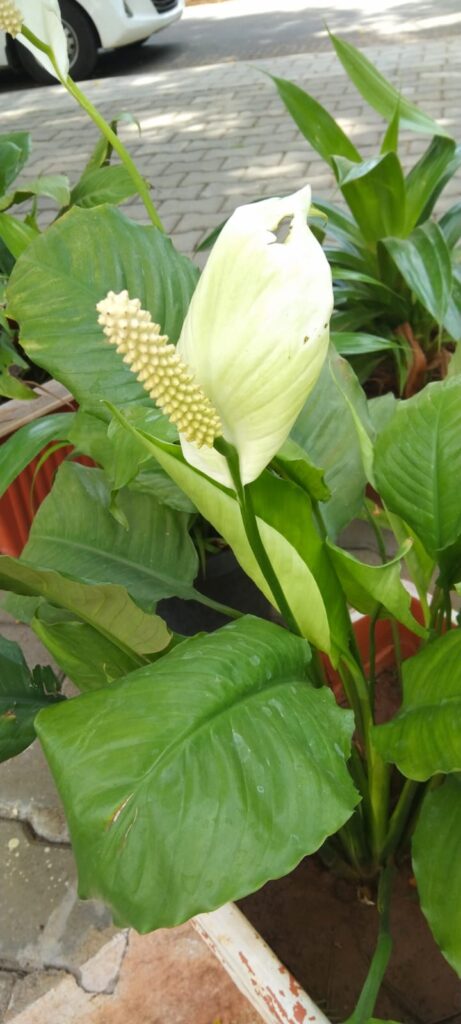
Peace Lily Care and Maintenance
Peace lilies are admired for their graceful white “flowers” and air-purifying qualities. Although caring for a peace lily isn’t very difficult, otherwise I wouldn’t include it in the list of low-maintenance indoor plants, they do need some care. Here are the key tips you need to keep in mind.
◼Lighting and Placement
For Spring and Summer:
Peace lily prefers bright, indirect sunshine. An east-facing window with morning sunlight is good. South-facing windows may require some shielding from intense afternoon light.
For Fall and Winter:
As natural light fades, move the plant closer to a window, if feasible, to take advantage of the available light.
◼Watering
For Spring and Summer:
Water your peace lily once the top inch or two of soil is dry to the touch. Water thoroughly until the water drains out of the drainage holes, but don’t let the plant rest in it. Keep in mind that peace lilies prefer to be underwater rather than overwatered.
For Fall and Winter:
Reduce watering when the plant enters semi-dormancy in fall season. Watering every two to three weeks may be adequate, but modify according to soil dryness.
◼Temperature
◼Humidity
Peace flowers like moderate humidity levels (about 40-50 percent). They can withstand lower or slightly higher humidity levels, but extremes can be problematic.
To enhance the humidity level a bit, use a pebble tray filled with water and ensure not to submerge the pot.
◼Fertilizer
Peace lilies aren’t heavy feeders. A modest treatment throughout the growing season (spring and summer) using a balanced liquid fertilizer diluted to half strength is adequate.
Avoid overfertilization, which might result in discolored leaf tips.
◼Repotting
Report only when roots have outgrown the pot and become pot-bound. You will see the signs which include roots around the container or pushing up through the dirt. Usually outgrowth of the roots in visible with 2-3 years after repotting.
◼Soil
◼Cleaning
◼Pruning
Peace Lily Propagation
◼By dividing
◼By leaf cutting
Plant Problems in Peace Lily
◼Brown Leaf Tips or Drooping Leaves
◼Yellowing leaves or Root Rot
Do not water on a set timetable, but when the top inch or two of soil feels entirely dry to the touch, water the soil only. Always make sure the openings in your pot can drain extra water.
And finally, remove any damaged roots from the plant and repot it in new, well-draining soil if the overwatering damage is severe.
◼Discoloration of the Leaf Tips
◼Mealybugs infestation
These white, cottony insects feed on leaf sap. Sticky sap and the presence of bugs are both signs of an infestation.
If you have identified the mealybugs, act immediately, isolate the plant, and treat it with insecticidal soap or neem oil spray. Apply the solution according to the manufacturer’s instructions. Repeat the treatment every few days until the infestation is under control.
You can also purchase our recommended organic product.
◼Other possible infestations
Aphids are tiny, soft-bodied insects that can be green, brown, or black. They also suck sap from leaves.
Fungus gnats are tiny flying insects that are drawn to damp soil. While they are not detrimental to the plants, they may be a nuisance.
Scales are armored insects that attach themselves to plants and stems.
Insecticidal soap or neem oil spray can be useful against these less frequent pests.
Common Misconceptions about Peace Lily
Are you hesitant as a beginner to bring a peace lily into your home? Well, guess what? Despite the popular belief that peace lilies are high-maintenance, they’re not! They can flourish in low to moderate light conditions and only require occasional watering.
They’ve got these white spathes that totally seem like flowers. Actually, they are just fancy-schmancy altered leaves called spathes. And tiny blooms are situated on a central stem within these spathes.
Final Thought and Personal View
Peace lilies are lovely, low-maintenance plants that provide air purification and a sense of calm to your surroundings. With a little care, they’ll flourish for years! Speaking from the experience.

